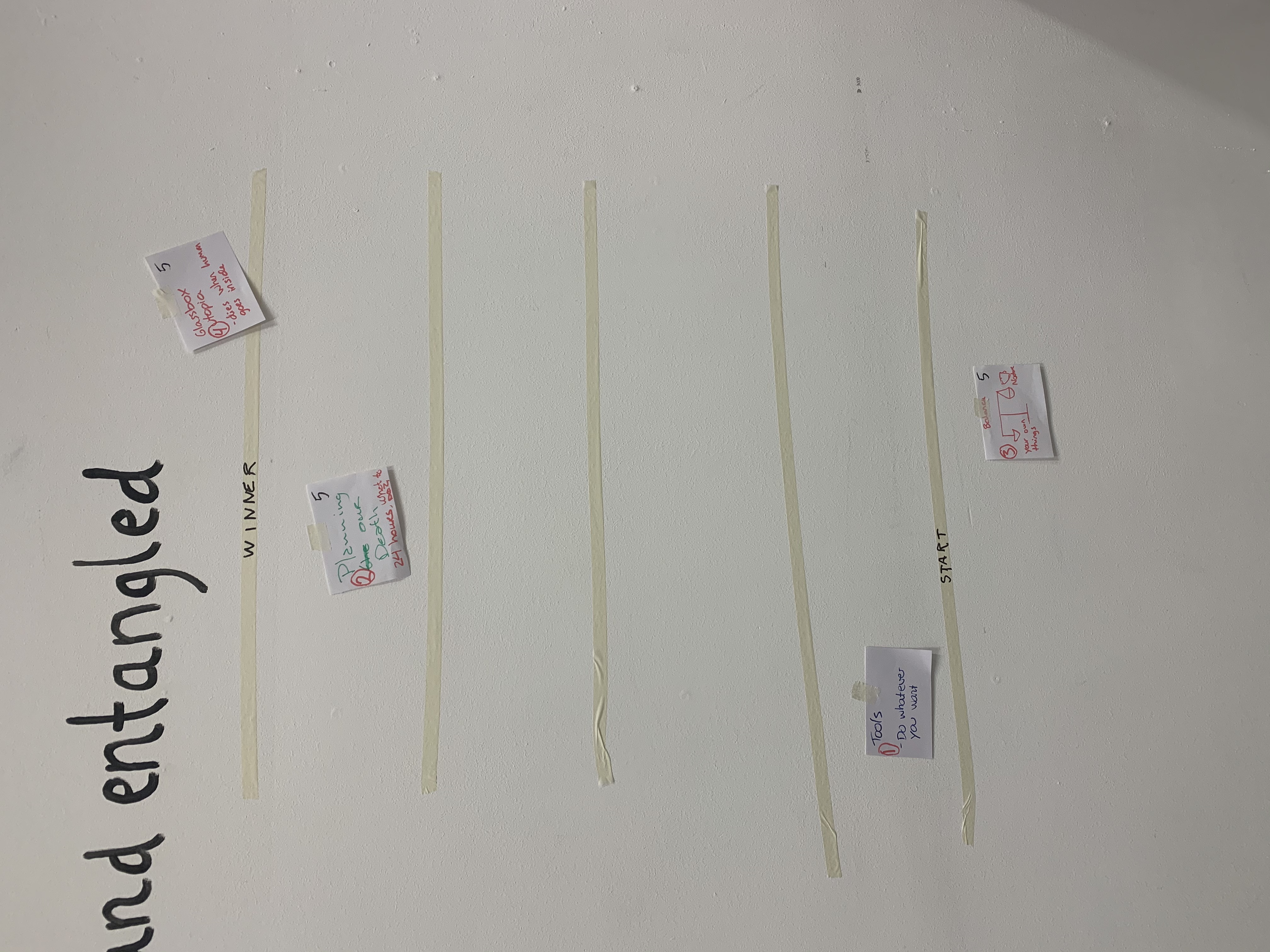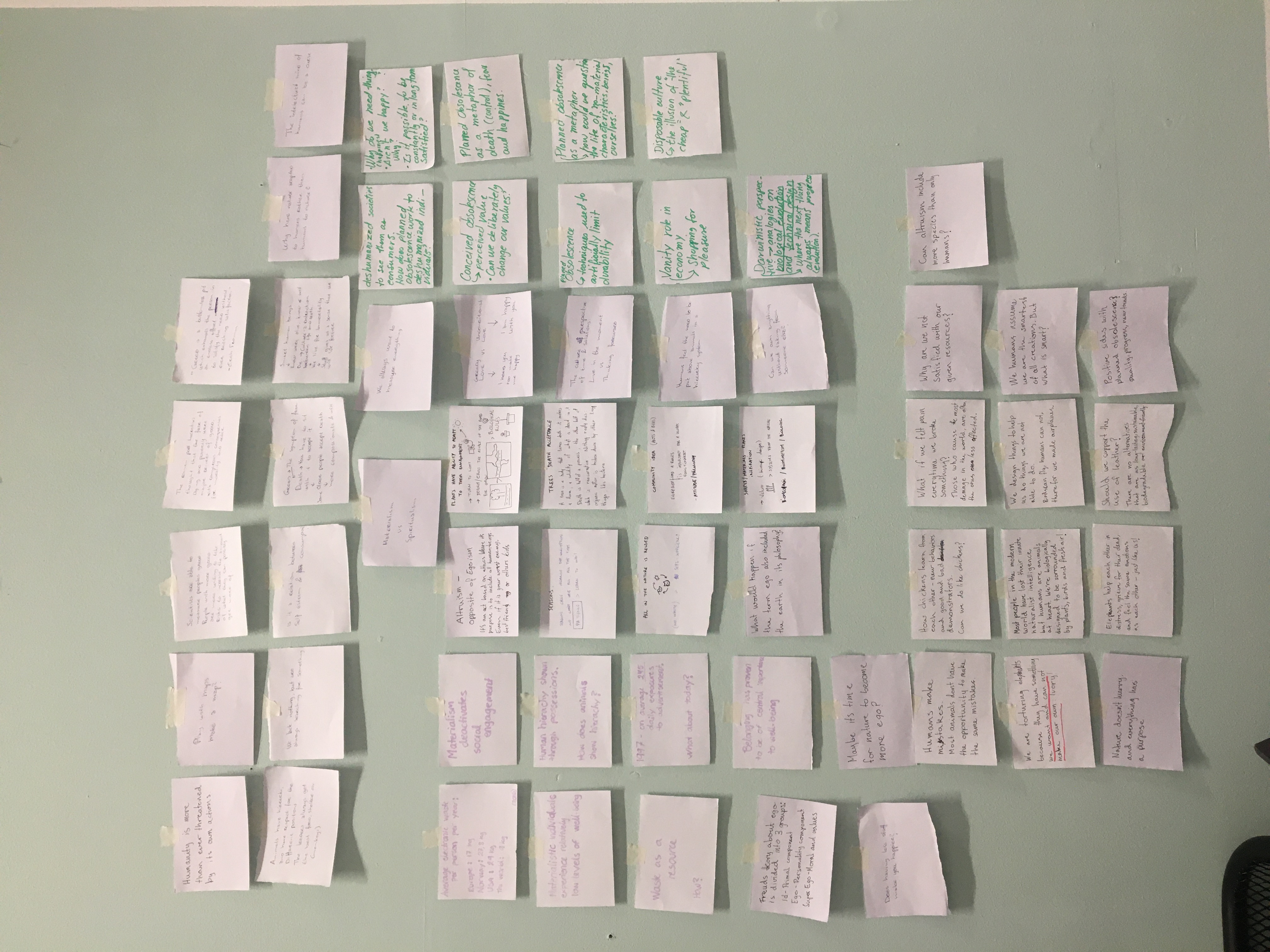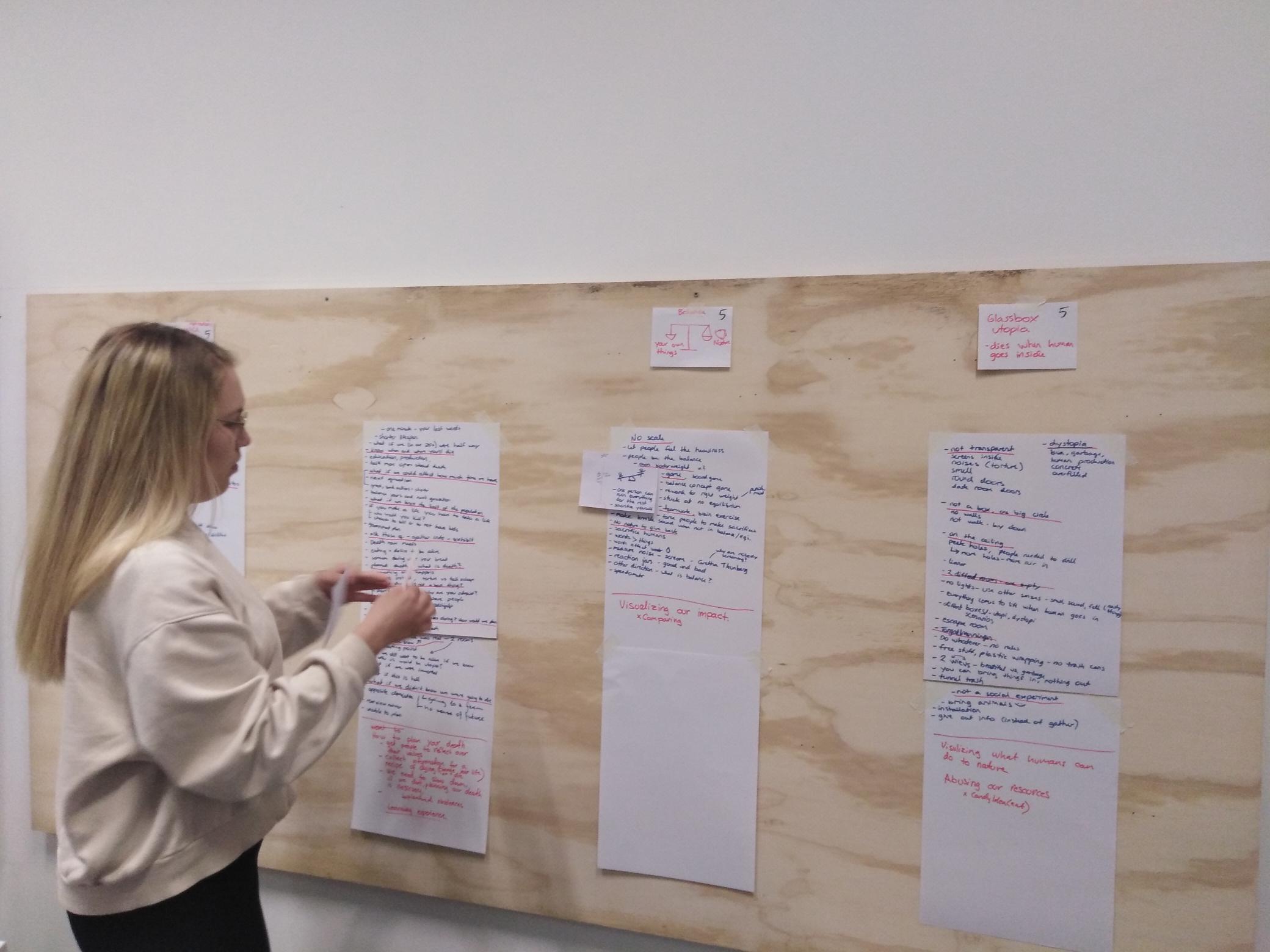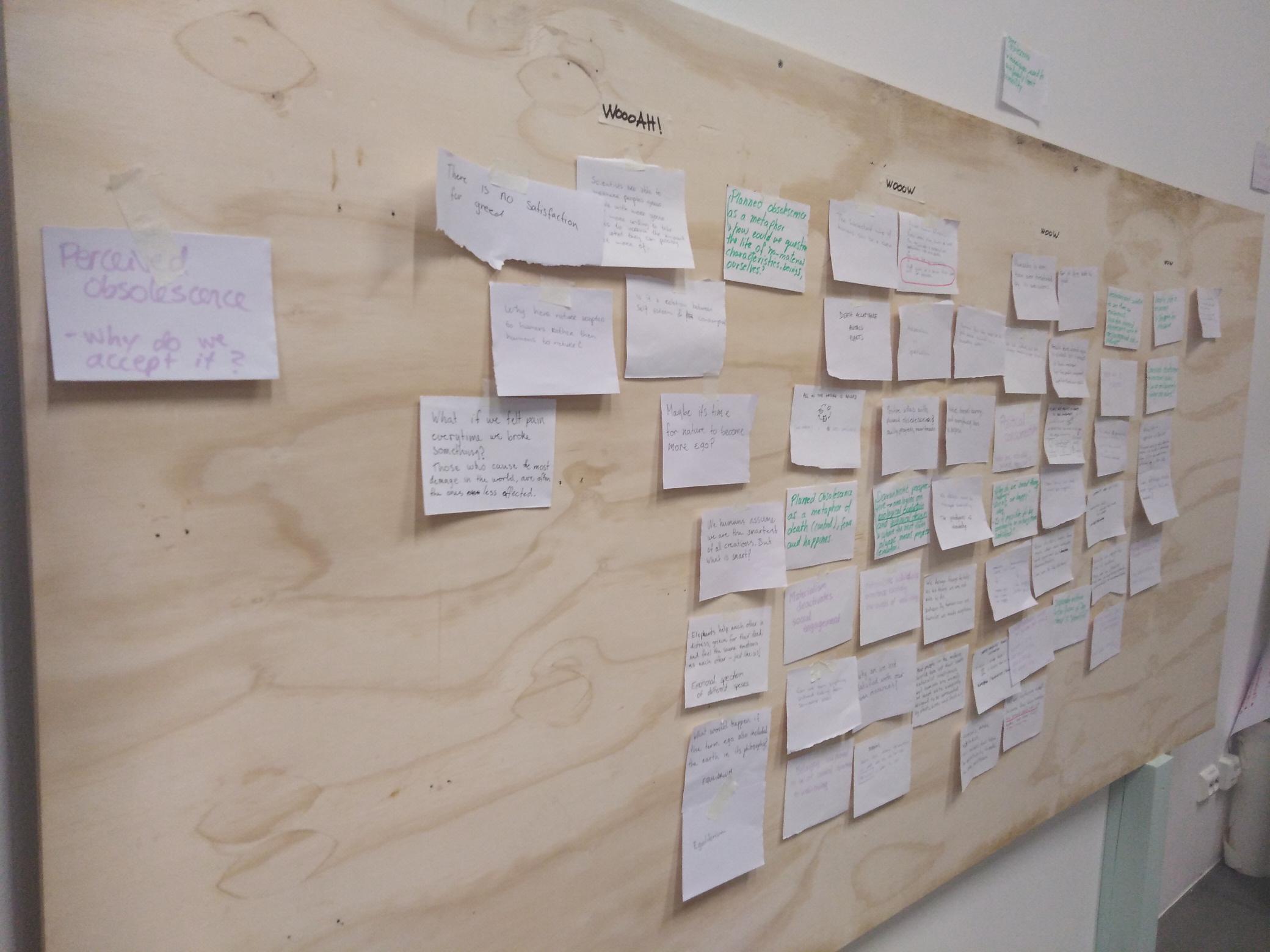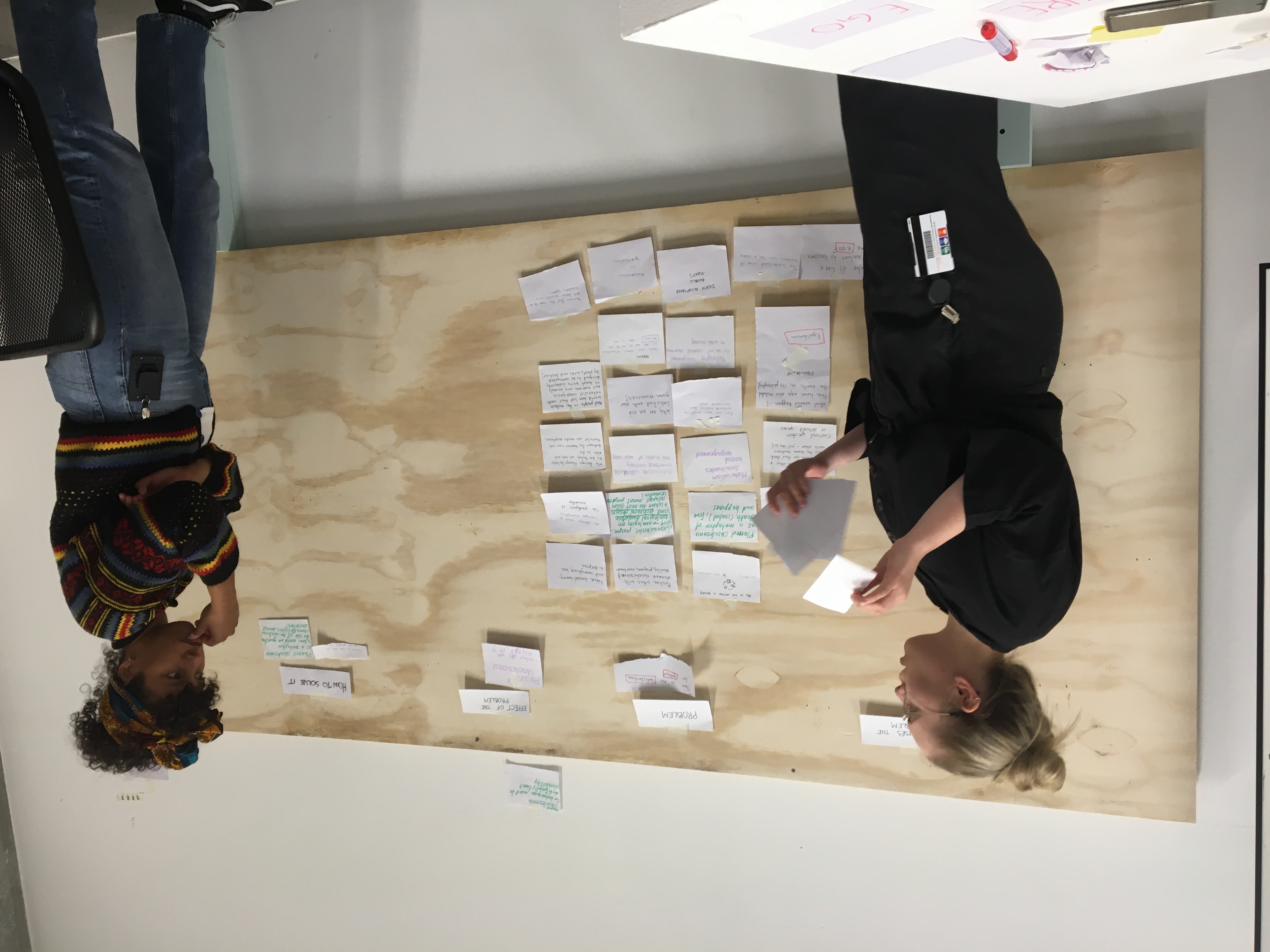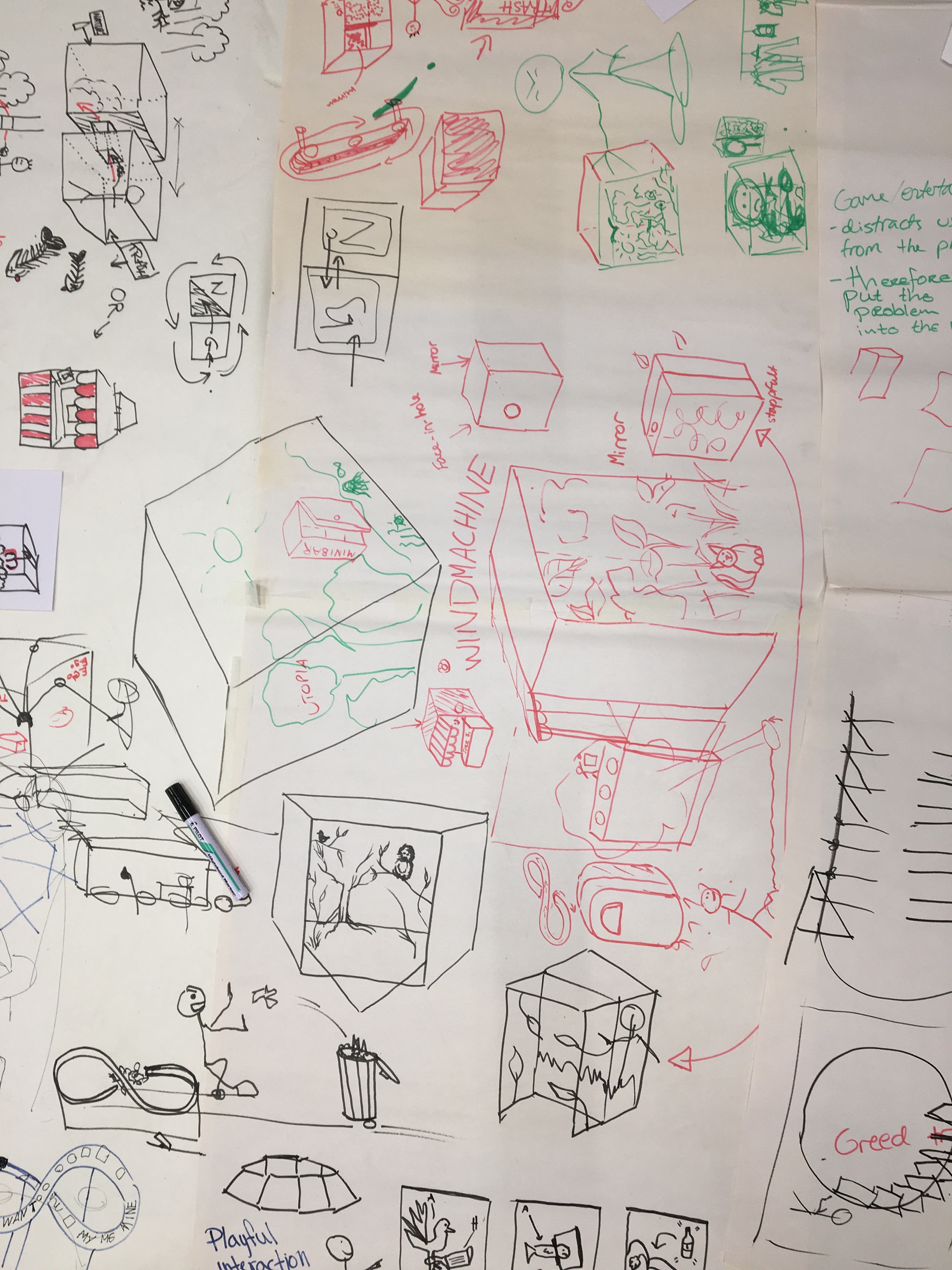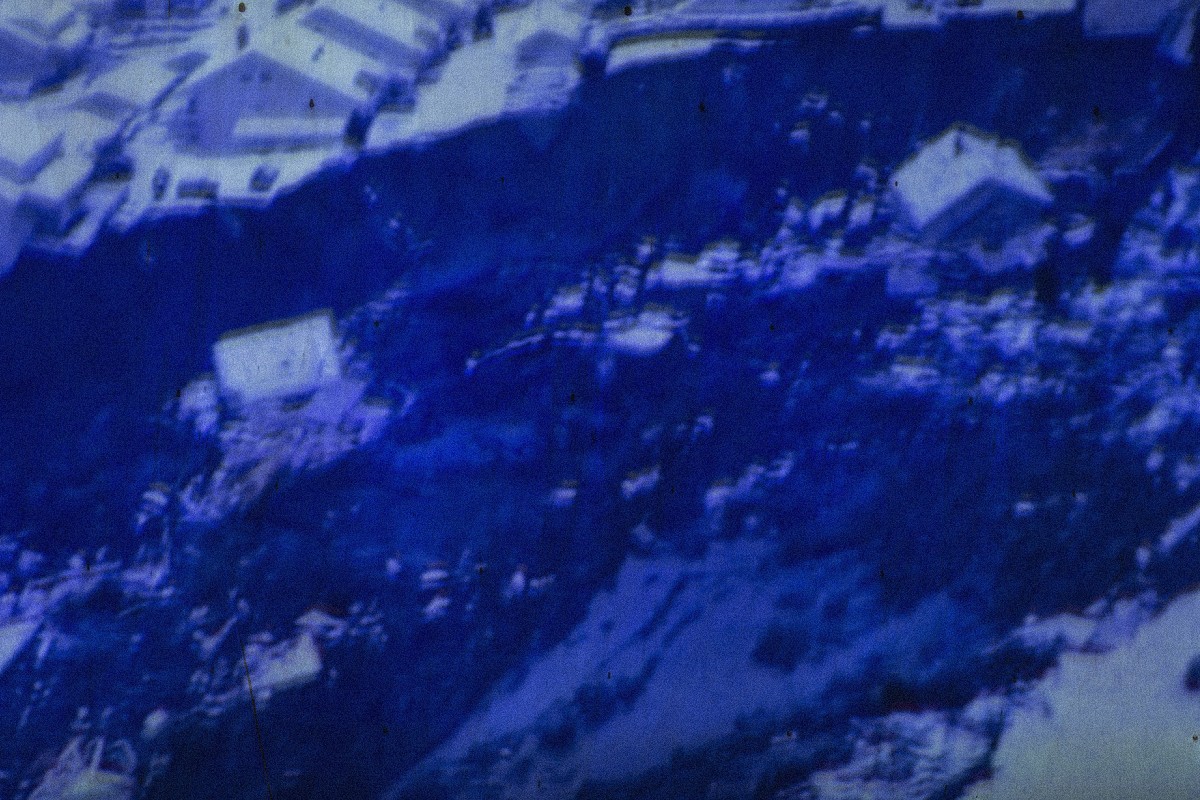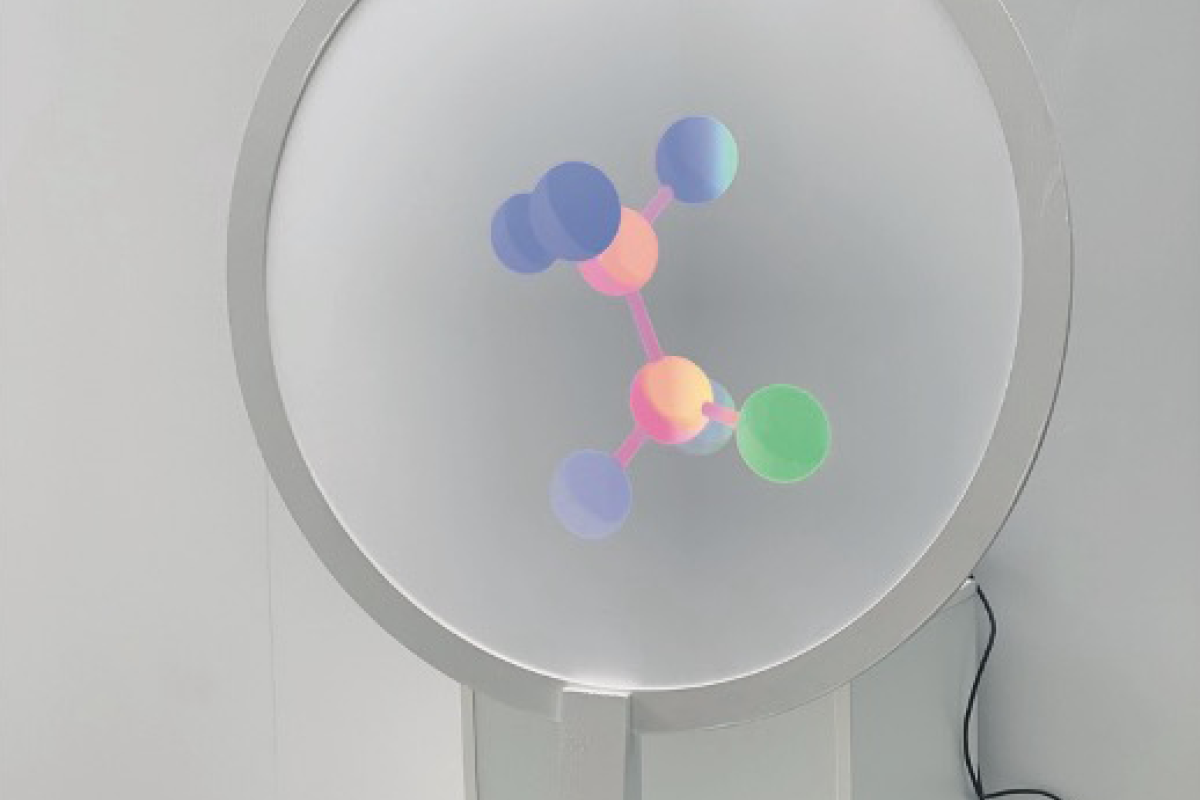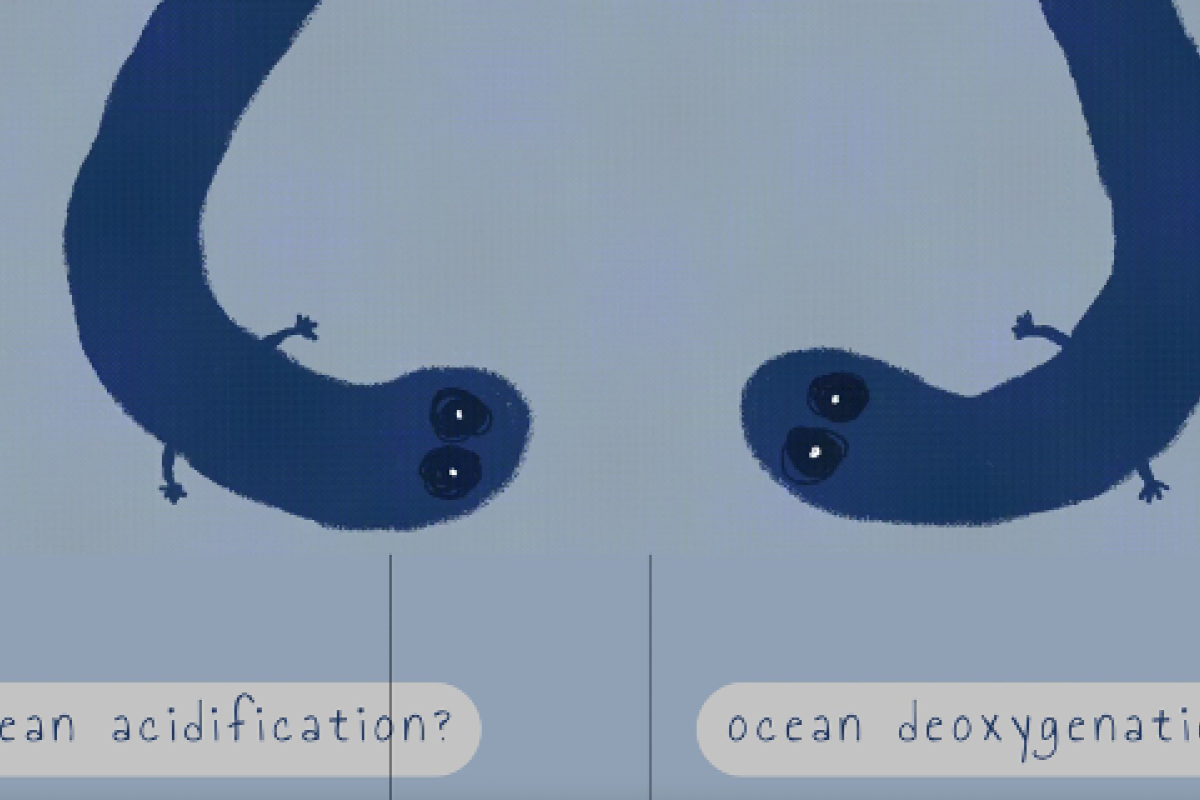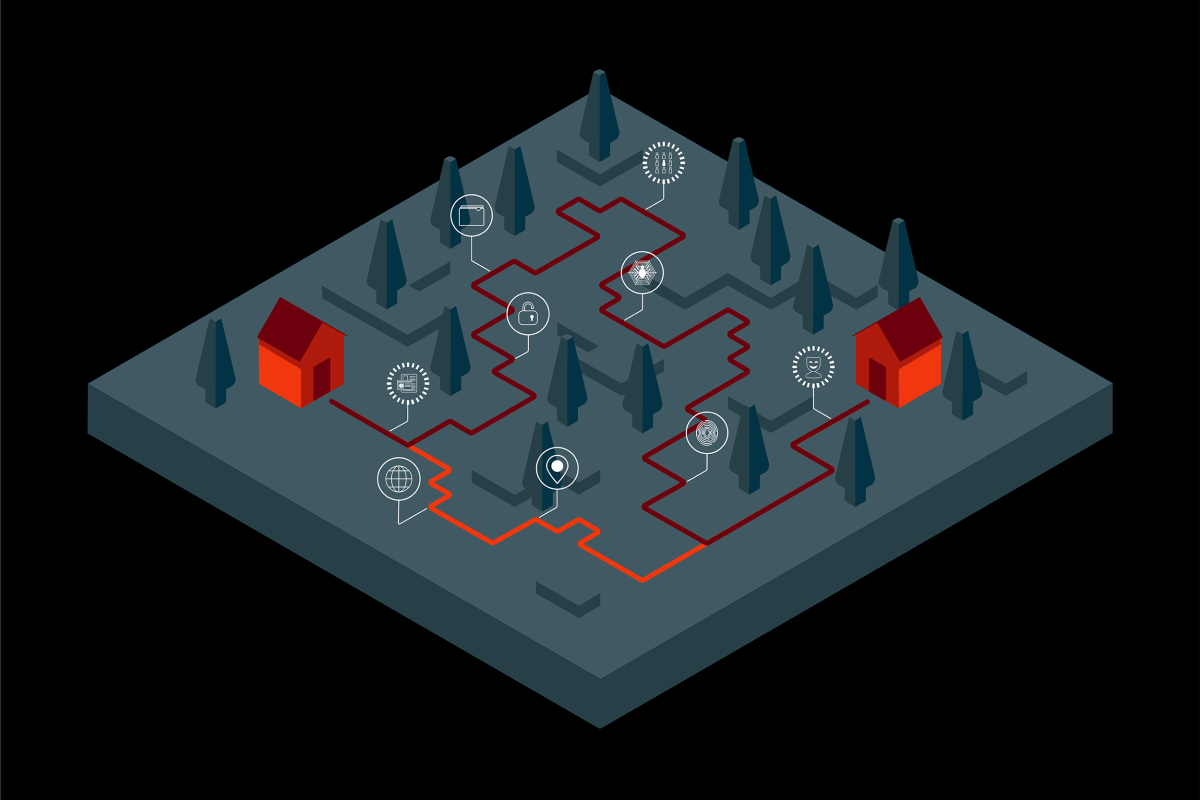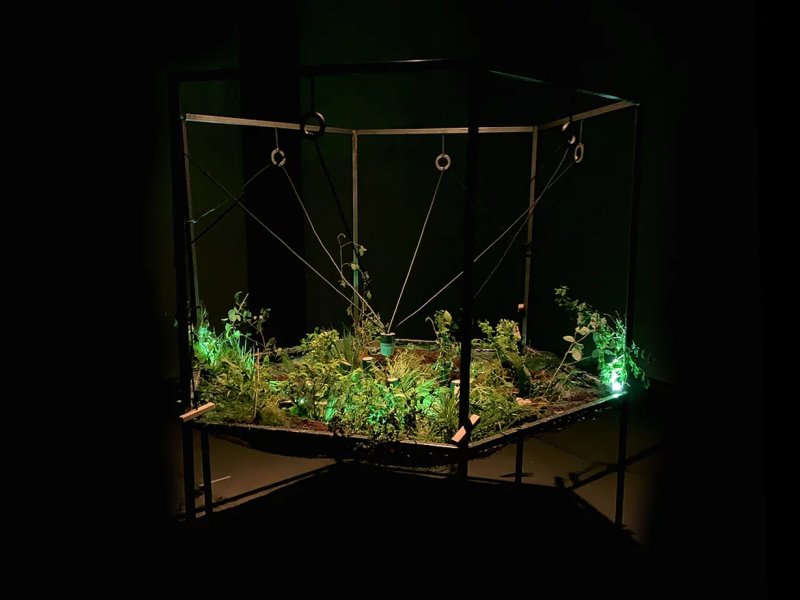
Wreck the Bubble
Globally the average person produces 207 kg of waste every year. In Norway the number is 426 kg. Less than half of this is organic waste and very little is recycled. It is naive and irresponsible to think that we can keep producing and consuming without a direct impact on the environment, and the consumer culture has made us believe that we can buy as much as our pockets can afford.
Student works
MA1 DESIGN: Department of Design | Faculty of Fine Art, Music and Design, University of Bergen
Background
With this project we want to uncover the harmful impact that humans have on ecosystems. Through a consumer culture fed by greed and advertising, material possessions are set as the way to achieve happiness. By using gamification as a method, we want to engage visitors and face them with the crude reality of consumerism through visual metaphors.
The design experience aims to encourage people to reflect on their own consumption decisions, the perhaps hidden motivations when acquiring material possessions, and the damage behind the action. We need to start questioning the limits of our needs and greed as a species.
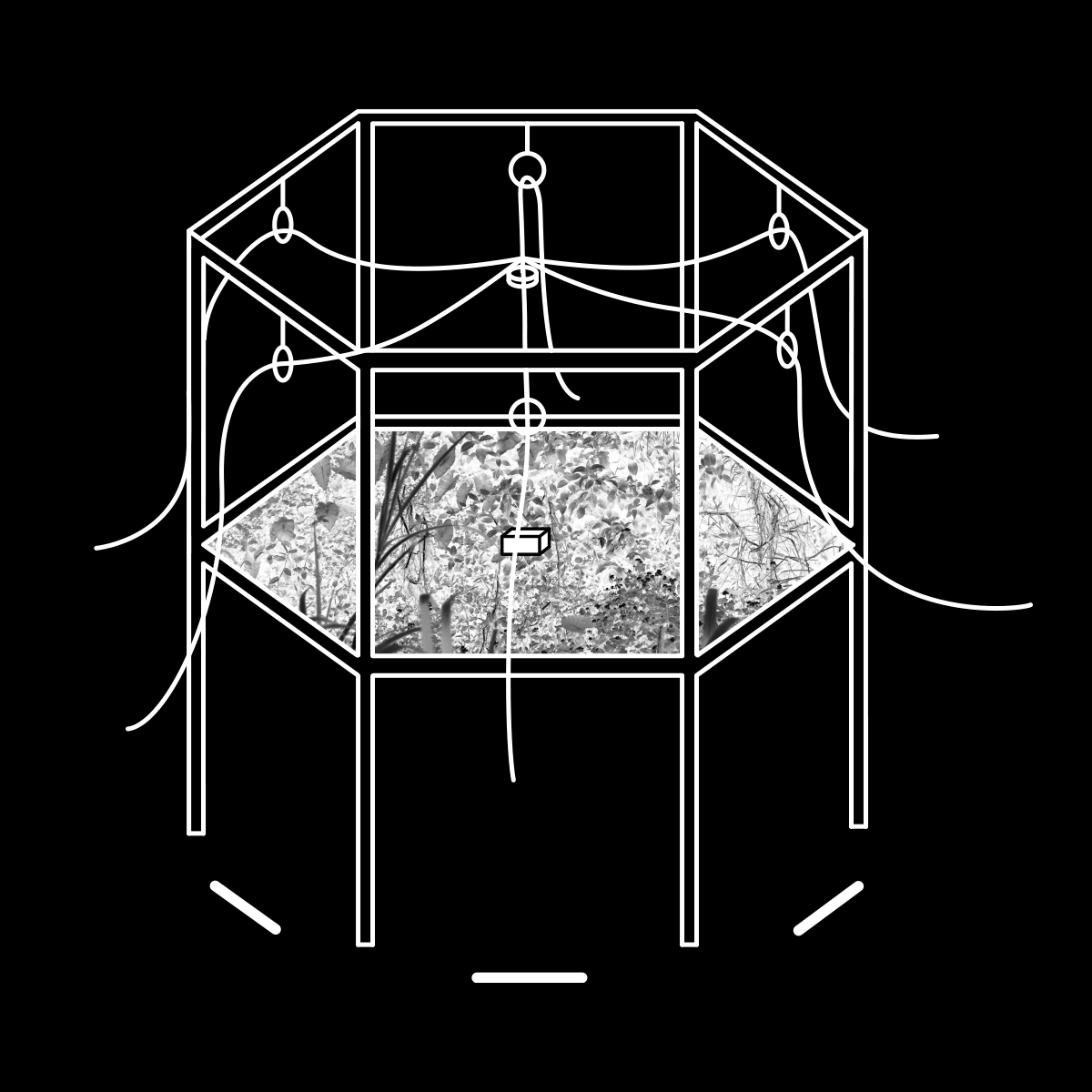
Manifesto
When are we satisfied?
When iPhone 14 gets released,
Will we be satisfied then?
When we colonize Mars,
Will we be satisfied then?
When the Amazon rainforest is gone, and our stomachs are full of meat
Will we be satisfied then?
When the Broiler chickens in the industry can grow to 10 kilos each,
Will we be satisfied then?
When we manage to defrost and bring cryopreserved people back to life,
Will we be satisfied then?
When we are able to skip the winter months by controlling the weather,
Will we be satisfied then?
When we no longer have any bugs or insects within eyesight of our homes,
Will we be satisfied then?
When we have surpassed death and find the key for immortality.
Will we be satisfied then?
When are we satisfied?
Vision
The earth is a shared home where everything living and growing must be equally respected.
The earth and its resources do not belong to humans exclusively, and it´s time for us to take responsibility for the damage we have done.
We are driven by the idea that the future can look different than what the forecast predicts today.
As designers we have the opportunity to contribute in shaping that future.
Our goal is to break the illusion of unlimited resources through taking action and demonstrating that change is both possible and achievable.
We need to slow down in order to continue growing.
Project question
How to break the illusion of unlimited resources and interpellate visitors about our consumption habits, and its impact on the environment, through game?
How to challenge our thoughts about satisfaction in relation to material acquisition?
About the game
The game, Wreck the Bubble (beta), is a project developed during the Fellesprosjekt (week 17 to 20, 2021) by a group of master students at the Faculty of Fine Art, Music and Design at the University of Bergen.

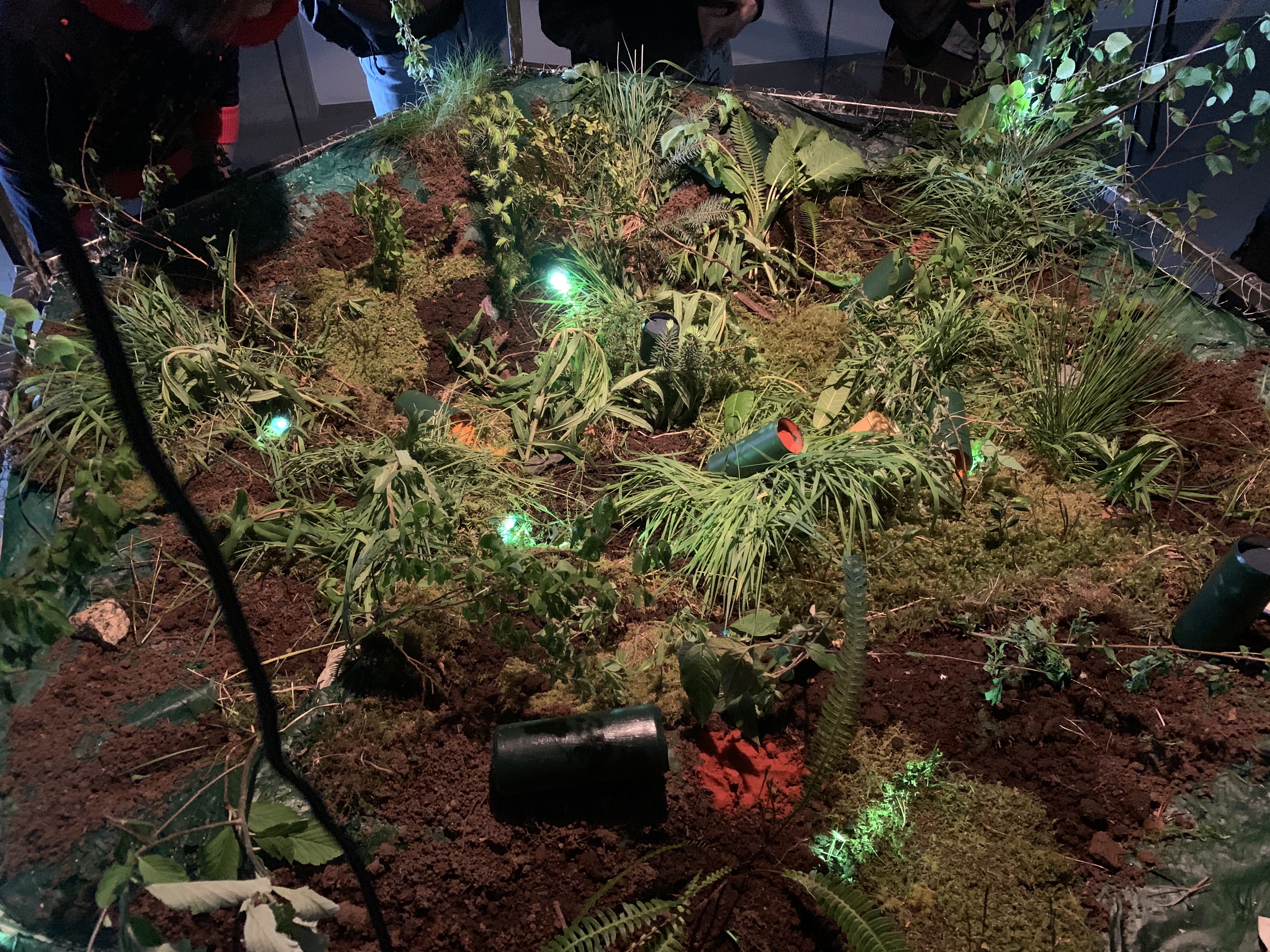
Wreck the Bubble (beta) is an analogue version of a claw crane game. The installation consists of a hexagon metal structure with a contained ecosystem inside, a series of obstacles and a prize, a golden mystery box, in the middle.
On each side of the structure there is a rope connected to a magnet that the players will use to catch the prize.
The game can be played by 3-6 people per game, each game lasting up to 5 minutes. In order to get the prize, the players must collaborate by pulling the ropes to be able to guide the magnet towards the box.
As the game develops the players will realize that there is no possible way to get the prize without damaging the contained ecosystem.
Ultimately Wreck the Bubble (beta) invites participants to reflect on and question our consumer culture, and how we as a society got into this pattern.
Process and Ideation
It was important for us to work together as a collective when it came for the decision making. We developed a method called the WOW-factor in which we presented different ideas and research we discovered. This helped us narrowing down the theme we were working on. This resulted in keeping everyone motivated during the project and made it possible for everyone to feel ownership for the final result.

See more: https://www.wreckthebubble.com/


